Search
08252 Surface Reactivity of Thin Wall Ductile Iron - The Effect of Nodule Count and Microstructure
Also Purchased
51313-02113-Ductile Iron Pipe—Identification Causes and Alternative Solutions for Premature Corrosion
Product Number:
51313-02113-SG
ISBN:
02113 2013 CP
Publication Date:
2013
$20.00
51313-02485-Ductile Iron Corrosion Science and Theories
Product Number:
51313-02485-SG
ISBN:
02485 2013 CP
Publication Date:
2013
$20.00
07127 Investigating Ductile Iron Pipelines
Product Number:
51300-07127-SG
ISBN:
07127 2007 CP
Publication Date:
2007
$20.00




